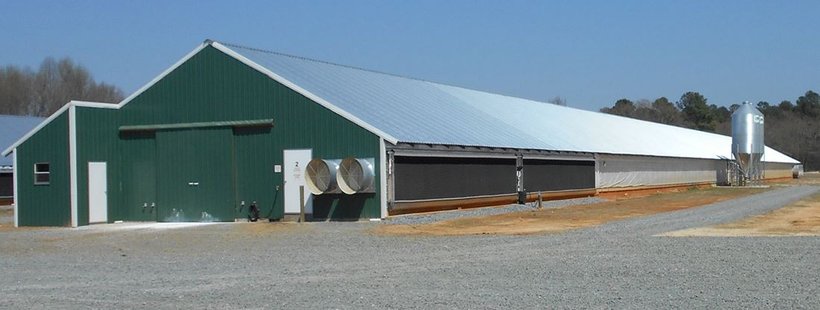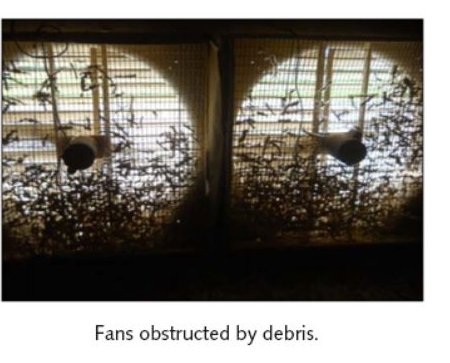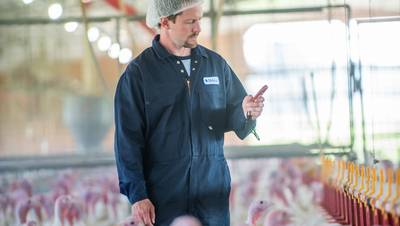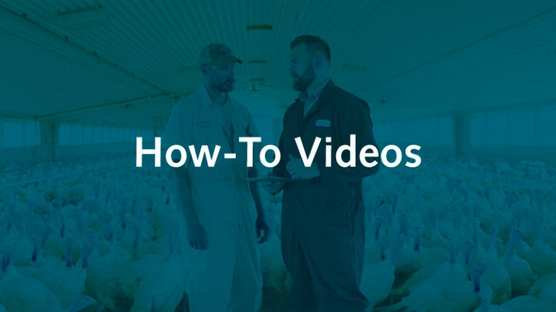
Published on June 10, 2020
Ask an Expert: Tunnel ventilation and optimal air speed
Welcome to Ask an Expert, our article series where we answer questions submitted by you. This month we address a question asked during our Tunnel Ventilation webinar, regarding recommended air speed.
What is the recommended air speed for a tunnel barn with heavy Toms (male turkeys)?
When the temperature outside starts to heat up, you need an effective way of cooling your turkeys to maintain their health and comfort. Tunnel ventilation allows you to do just that.
The primary goals of a tunnel ventilation system are to:
- Remove heat from the house through adequate air exchange
- Remove heat from the birds through proper air velocity (air speed)
- Reduce the temperature of the incoming air by establishing an adequate evaporative cooling system.
When it comes to air speed, I recommend 700-800 feet per minute (fpm). This is applicable for both male and female turkeys to ensure adequate cooling throughout the entire house.
As a first step to determining your air speed, it is important to know where to take these measurements.
Measure in the right place, with the right tools
When measuring air speed, you will get different results based on where you are in the house. To get an adequate understanding of your air speed, stand in the middle of the house about 8 – 10 feet from the sidewall and take the reading from 4 – 5 feet off the floor.
To take the readings, our experts generally use the Kestrel 3000 wind meter. Apart from wind speed, this device can be used to measure temperature, wind chill, and relative humidity.

If you are achieving the recommended air speeds, great! Keep up the good work.
If your readings are less than 700-800 fpm, further investigation is required. Consider looking into the following:
Computer Readings
Air speed is affected by static pressure (pascals), so make sure your computer is properly calibrated to read static pressure. An easy way to validate the computer reading is with a separate magnehelic monitor.
Nearly half of the computer pressure systems I check are out of calibration, resulting in the wrong measurements being shown.

Inlets
Make sure inlet openings are correct. Inlets that fail to open properly will result in a reduction of air flow and an increase in static pressure.
Fans
While tunnel ventilation relies on the production of a group of fans, low air speed can be a result of a single fan not running properly. Dirty shutters, worn-out belts, and worn-out pulleys can reduce fan output by up to 30%, which is more than enough to reduce your air speed.
Make sure your fans are kept free of debris and routinely check to ensure the belts and pulleys are intact.

Dirty Cool Cell Pads
As warm air passes through cooling pads, it can leave behind minerals, dirt, and other contaminants that build up over time and reduce airflow. Along with routine fan maintenance, consider cleaning the pads and draining the troughs, yearly, prior to summertime usage.
Other
Each farm I visit is unique and may require a custom solution over and above what is mentioned here. Other areas that impact air speed include density and geographic region, as well as the length and width of a house. If you are ever looking for help or more information, myself and the team at Hybrid would be more than happy to help.
Watch our Tunnel Ventilation Webinar
If you want more information on air speed and how to keep your birds cool during warm weather, be sure to watch our Tunnel Ventilation webinar below.
Submit a question
To ask a question of our experts, click the button below.



